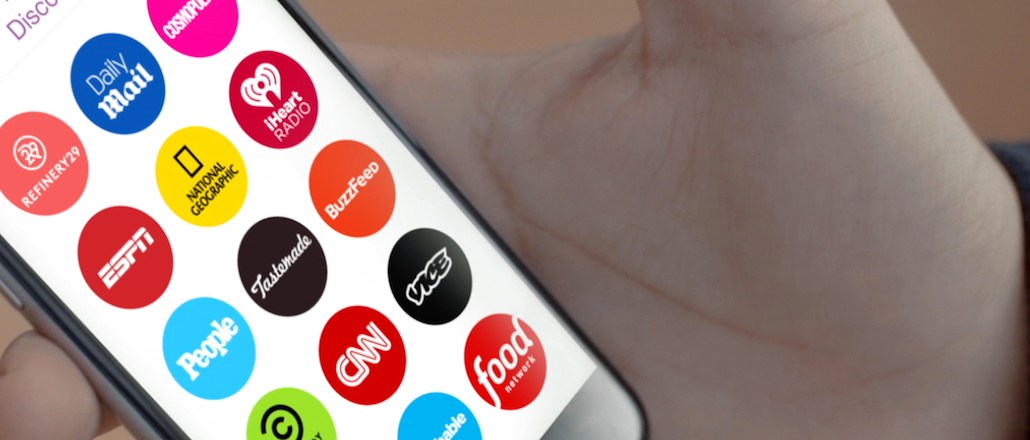
Facebook is still the king of paid social and most brands and agencies are still on the fence about Twitter. But among the newer, dark-horse platforms, it still anyone’s guess as to what will really take off next.
We asked agency executives at the Digiday Agency Summit in Miami the platform they are most bullish on. Snapchat, unsurprisingly, was a was on most lists.
Adam Tucker, president, Ogilvy & Mather
In the last year I’ve been asked so much by clients about Snapchat. It’s where clients have the most interest but are struggling to figure out the brand fit with the user experience. Snapchat has done a good job of staying focused on the user behavior and doing what they do best, which is enable people to share funny moments and not pollute the platform with blatant advertising. Brands need to find a way to gently enter those conversations. I haven’t seen many examples of it.
Noah Mallin, head of social, MEC
I’m very bullish on Snapchat. It is making great strides in how they package what they have to offer and are clearly getting ready to go much deeper on ad tech. They have the luxury of learning from Facebook and Twitter on how to do this right — and seem to be applying the right lessons. There’s also Phhhoto. It’s a hyper-quick photo app that lets you take photos that function as cinemagraphs. What’s cool is it also has image stabilization. No paid opportunities yet, but I am interested in it.
Wendi Dunlap, senior director of media, Razorfish
Whisper. I’m intrigued. I’ve been playing around with it and I like the concept of anonymous people having anonymous conversations about topics where they may need to crowdsource information outside their immediate network, but still maintain anonymity. I don’t know if it’s marketable for everyone; but I could see non-profits using it especially to discuss issues like sexual abuse or STDs or health. And it could also work for cause-related brands.
Rob FitzGerald, president, We Are Social US
My platform short-term bet remains Snapchat. That’s based on consumer behavior — viewers are reportedly watching eight billion videos a day — and consumer pick up. That’s not based on how brands have mastered it.
Amanda Richman, president, Starcom
We should be talking about more about the platforms in the over the top space, whether it’s Roku or the combination of AT&T and Directv. It’s thinking about new ad formats on the big screen and connecting it potentially to mobile IDs. Verizon and AOL came together for Go90. while it doesn’t have scale, that combo of video, including live events and sports, with a Verizon mobile ID creates the opportunity to try new ad formats in a new user experience. It’s not as sexy as ephemeral data apps, but it will be important to understand the big screen impact with the small screen portability brought together.
Contributing: Brian Morrissey
More in Marketing

Marketers are keen to use generative AI in ad campaigns, but hidden costs lurk
Marketers across the industry want to use AI to cut down on time spent in creative production. It’s not so simple in practice.

2025 was rough for Target. It could also be the year when its turnaround began
Much of the front half of the year for Target was defined by the company’s decision in January to pull back on DEI initiatives.

How brands shifted marketing and media strategies through year of tariffs
Marketers share how they navigated the maze of tariffs and regulatory changes this year.





